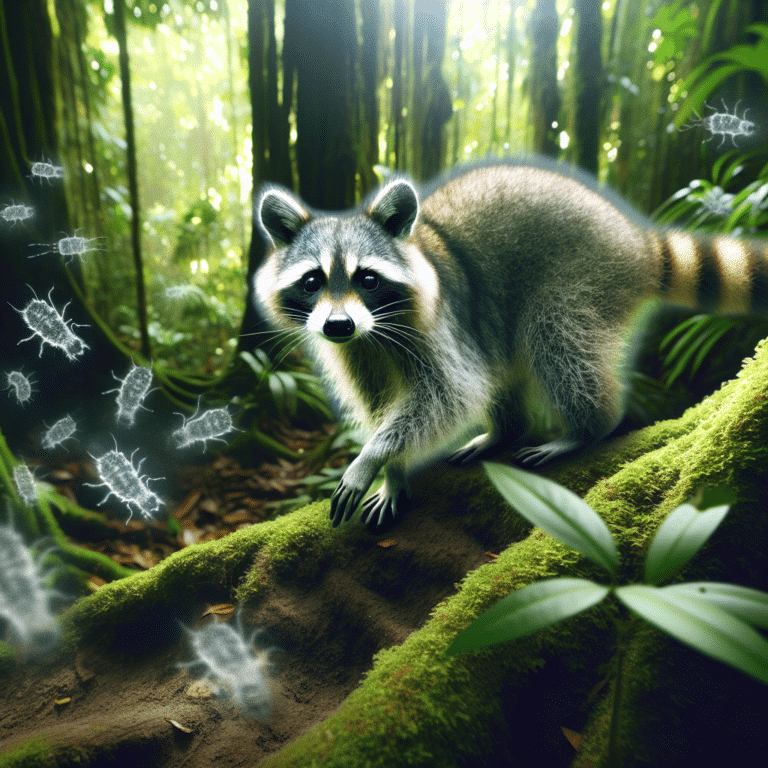Summary
- Mansonella ozzardi is a nematode parasite that causes human mansonellosis in the Caribbean, Central, and South America.
- Raccoons in urban areas are acting as potential reservoirs for M. ozzardi, which is typically found in humans.
- DNA analysis of blood samples from raccoons in Costa Rica revealed the presence of microfilariae of M. ozzardi.
- Molecular tests like PCR showed higher sensitivity in detecting the parasite compared to microscopic methods.
- The expansion of raccoons into urban areas poses a public health risk for transmitting M. ozzardi and other pathogens to humans and animals.
A recent study conducted in Costa Rica has found evidence that raccoons could potentially be carrying a parasite known as Mansonella ozzardi, which typically infects humans in the Americas. The study, led by researchers from the University of Costa Rica and the National University of Costa Rica Hospital for Minor and Wild Species, involved analyzing blood samples from raccoons in Manuel Antonio National Park and surrounding areas.
The researchers discovered microfilariae, which are tiny larvae of the M. ozzardi parasite, in the blood samples of some raccoons. These findings suggest that raccoons could be acting as reservoirs for this parasite, which can cause health issues in humans, including ocular impairments. The study utilized advanced molecular techniques to detect the presence of the parasite DNA in the blood samples, providing a more sensitive and accurate method compared to traditional microscopic examination.
The results of the study indicate that raccoons may play a role in the transmission of M. ozzardi in Costa Rica. Further research is needed to investigate the anatomy of adult worms in raccoons, their capacity as reservoirs, and the potential intermediate hosts involved in the parasite’s life cycle. The study highlights the importance of monitoring and studying these interactions between wildlife, humans, and parasites to better understand and prevent the spread of diseases.
Source link
Infectious Diseases, Public Health & Prevention


